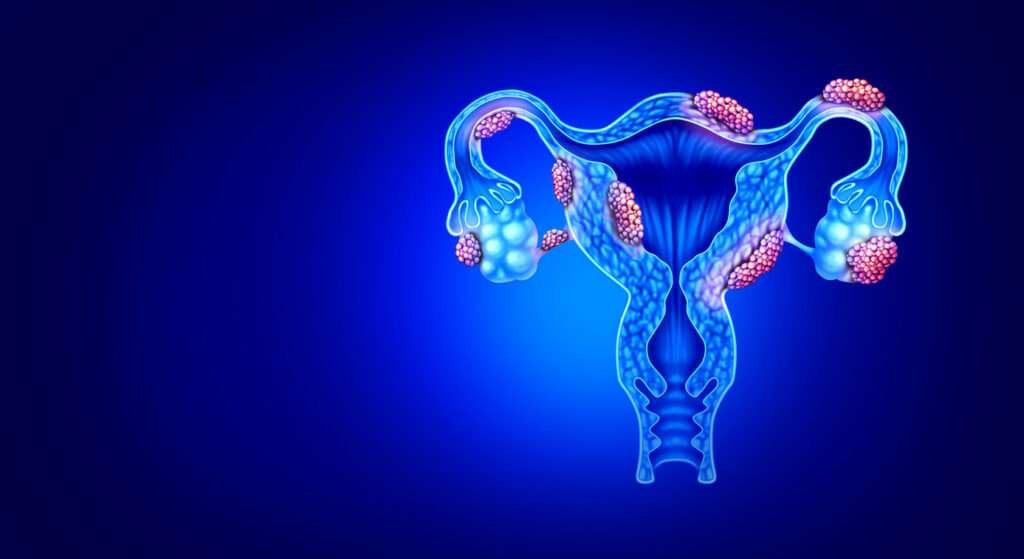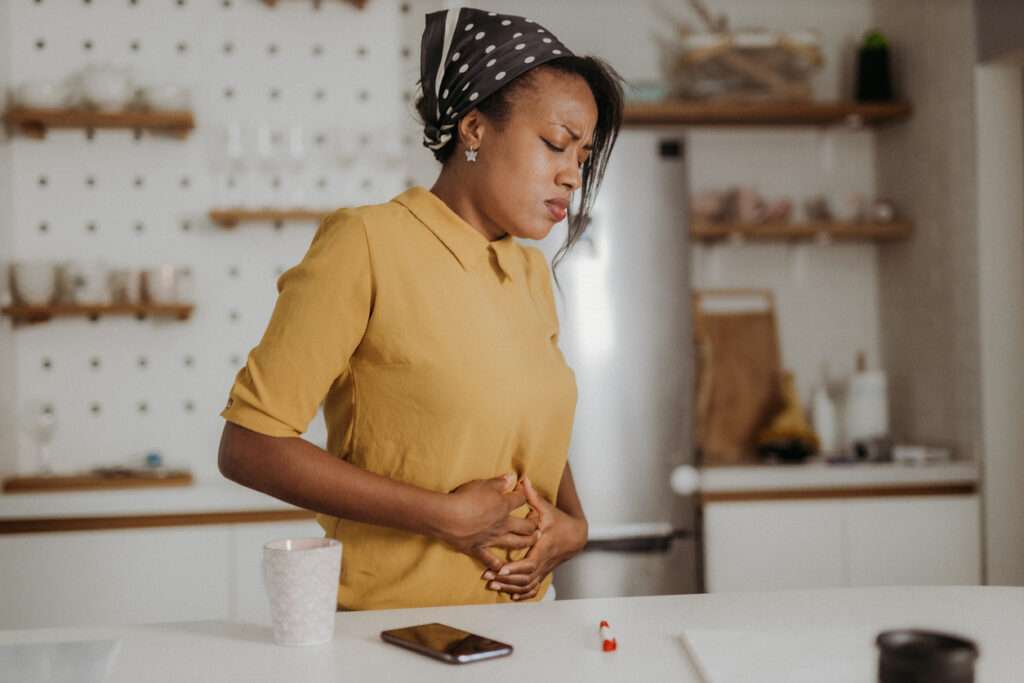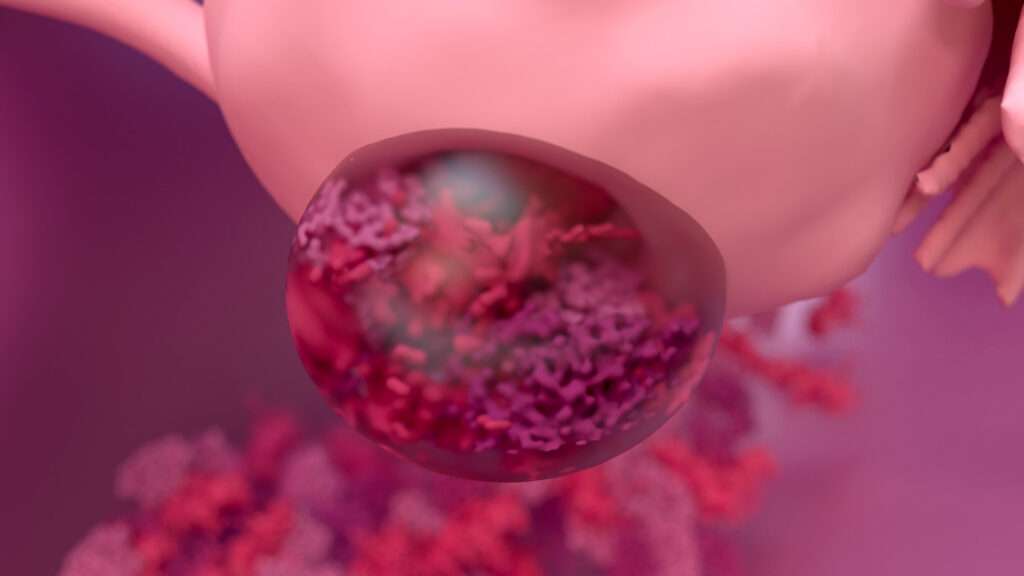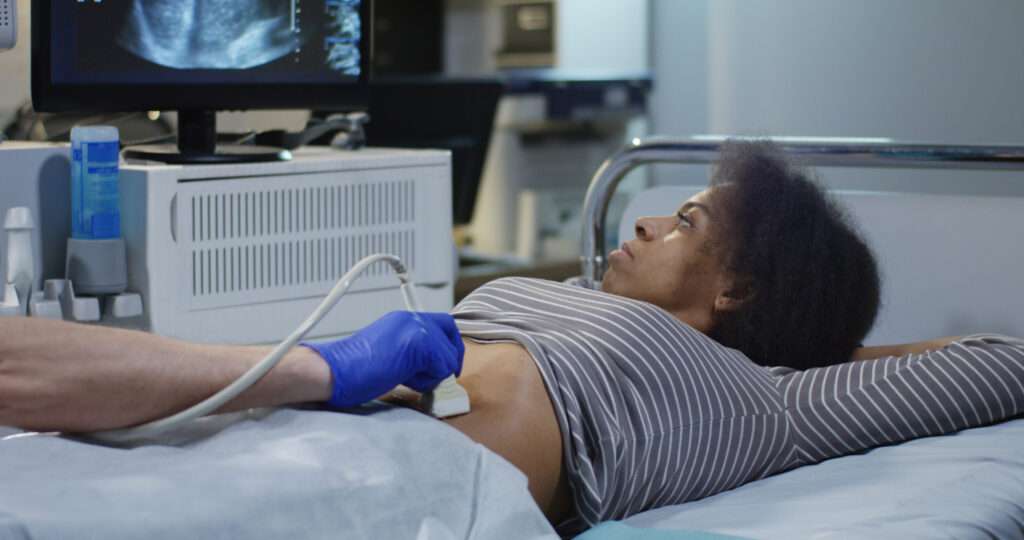Uterine fibroids are a form of noncancerous growth that can grow inside and outside of your uterus. Fibroids do not always create symptoms, but when they do, they may cause heavy menstrual bleeding, back pain, frequent urination, and sex pain. Small fibroids rarely require treatment, while bigger fibroids may require medication or surgery.
Fibroids are a form of pelvic tumor that is fairly frequent. Fibroids affect between 40 and 80% of women. Many women, however, are unaware that they have fibroids since they do not feel any symptoms. This can happen if you have little fibroids that are asymptomatic, meaning they don’t give you any discomfort.
If you’re interested in learning more about uterine fibroids or suspect you might have some type, this article will come in handy. Below you can find useful information about what causes uterine fibroids to develop, the different types and side effects as well as what to do if you experience pain.
What Are Uterine Fibroids?
Fibroids are noncancerous uterine growths that commonly arise during pregnancy. Uterine fibroids, also known as leiomyomas or myomas, aren’t linked to an elevated risk of uterine cancer and usually never develop into cancer. They can range in size from tiny seedlings that are undetectable to enormous masses that deform and expand the uterus. You can have only one fibroid or several, which having multiple fibroids can cause the uterus to enlarge to the point where it reaches the rib cage, causing weight gain.
Uterine fibroids affect many women at some point in their life. However, because uterine fibroids seldom cause symptoms, you may be unaware that you have them. During a pelvic exam or a prenatal ultrasound, your doctor may uncover fibroids by chance.
What Causes Uterine Fibroids to Grow?

Fibroids have been connected to the hormone estrogen, however, the specific etiology is uncertain (the female reproductive hormone produced by the ovaries). Fibroids most commonly appear during a woman’s reproductive years (around the ages of 16 to 50), when estrogen levels are at their maximum.
After estrogen levels are low, such as during menopause, when a woman’s monthly periods finish, they decrease. Uterine fibroids are thought to arise from a stem cell in the uterus’ smooth muscle tissue (myometrium). A single cell divides many times, eventually forming a solid, rubbery mass that is separate from surrounding tissue. What’s more, fibroids have a variety of growth patterns: they might grow slowly or quickly, or they can stay the same size. Some fibroids experience growth spurts, while others may diminish on their own.
Types Of Uterine Fibroids
Three main types of uterine fibroids can grow anywhere in the womb and have various sizes that can range from very little to considerably big (think about a pea and a melon, for example).
Common Types of Uterine Fibroids:
● Intramural Fibroids – It is the most common type of fibroid and develops in the muscle wall of the womb.
● Subserosal Fibroids – Fibroids that sprout outside the womb’s wall and into the pelvis and can grow to be quite enormous.
● Submucosal Fibroids – These fibroids originate in the muscular layer beneath the womb’s inner lining and grow into the cavity of the womb.
Subserosal or submucosal fibroids are sometimes linked to the womb by a thin stalk of tissue. Pedunculated fibroids are what they’re called.
Side Effects of Uterine Fibroids

There are many side effects of uterine fibroids that can seriously compromise your health if not detected and treated properly. Intramural fibroids’ symptoms can range from mild to painful for those who suffer from them. Lower back pain, heavy periods lasting more than 10 days, bleeding between periods, pelvic pain, and exhaustion are all possible side effects.
They can also cause anemia and iron deficiency as a result of blood loss during a woman’s menstrual cycle. Because intramural fibroids are located directly inside the uterine cavity, if they grow too large (more than 6 cm in diameter), they begin to take over the space normally reserved for an embryo to grow, causing many difficulties and jeopardizing fertility.
Subserosal fibroids can result in significant pelvic pain as well as pressure on the surrounding organs. Subserosal fibroids grow on the outside of the uterus, unlike intramural and submucosal fibroids, which grow on the inside of the uterus, causing different symptoms. The most significant difference is that subserosal fibroids appear to affect neighboring organs such as the bladder more than the uterus.
Submucosal fibroids may obstruct and deform fallopian tubes, making sperm passage to the uterus for implantation impossible. For women with fibroids, this disruption is frequently what causes fertility problems. Furthermore, submucosal fibroids can cause pregnancy difficulties. There is insufficient room for the fetus to grow as the fibroids get larger and push into the uterine cavity. As a result, this problem could lead to a miscarriage or birth abnormalities.
Uterine Fibroids Treatment
If there are no symptoms, fibroids do not need to be treated. Without treatment, they usually decrease and disappear over time, especially after menopause. If you have fibroids-related symptoms, you will most likely be prescribed medication to help relieve them.
There are various medications that can aid in the reduction of fibroids. If these fail to work, surgery or other, less invasive techniques may be suggested.
If You’re Having Symptoms
Let us help and book an appointment with us. Access to medical care from the comfort of your home and with skilled professionals that are always looking after your health, with your emotional, physical, and spiritual wellness in mind.
Her Down There specializes in several important concerns such as birth control, STD testing, urinary tract infections, menopause, and more, assisting women and providing the care they need without having to move from their house. Her Down There aims to make women’s healthcare simple, quick, easy, and economical.
Letrice Mason, MSN, APRN, FNP-C, is an accomplished women’s health nurse practitioner and proud owner of the esteemed Her Down There Women’s Clinic. She is a trusted healthcare professional within the Houston community.










